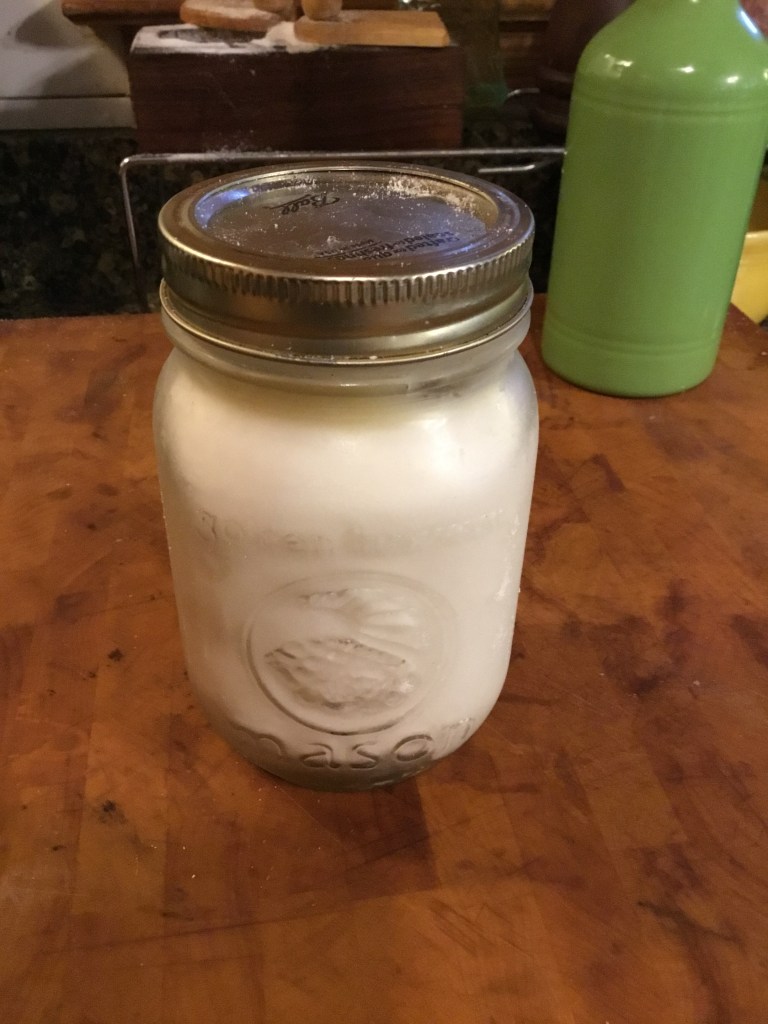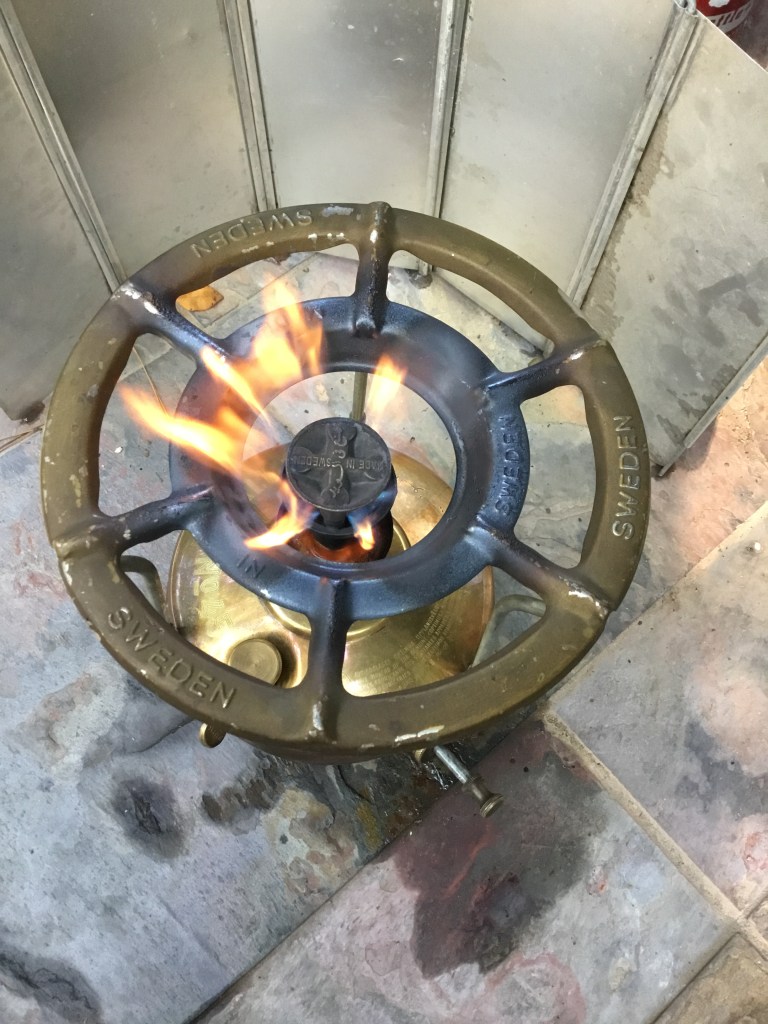
Joel Salatin, aka “The world’s most famous farmer,” up there in Virginia, wrote an entire book about “the pigness of pigs.” Yesterday at the Festhalle farmer’s market I ran across one of my favorite sellers, a young woman who usually has one of her five children with her (this is Alabama). Instead, she had a big cooler full of fresh local pork that she had grown. Here was some real pigness of the best kind.
When she said she had fresh uncured bacon, I nearly had an infarction. I bought a pound, and she instructed me about how to cure it. My response was I always use a Saumure Anglaise when I cured pork like that.
Now, everyone usually looks at you like you are a snake with two heads when you use French in this part of the South, as opposed to New Orleans or Mobile, the two oldest French cities in the region. However, she looked impressed, and said I obviously knew what I was doing. I told her this wasn’t my first rodeo.
Here’s my version of this Saumure, adapted from Jane Grigson’s monumental book on French charcuterie.
Ingredients
Water
Handful of Salt
Handful of Brown Sugar
One Bay Leaf
Sprigs of Fresh Thyme
Peppercorns
Four Cloves
Fragment of whole Nutmeg
I omitted the nitrates (pink salt) from this recipe, as this is going to be eaten in short order. Boil this combo, and then let it steep until cool. Pour it over the bacon or other fresh pork you have, and throw it into the fridge.
For how long? That depends on how brave you are. I let mine go for at least a couple of days, and thicker pieces, like fresh ham slices, for around six. Sugar and salt are decent preservatives on their own, and I’m still kicking, so there’s anecdotal evidence to prove it’s not deadly to avoid the nitrates. Just check out some of the furry Italian sausages sometimes to see if nitrates have to be used.
The bacon will not be furry, but it will be tasty. And it will be cured the natural way.



